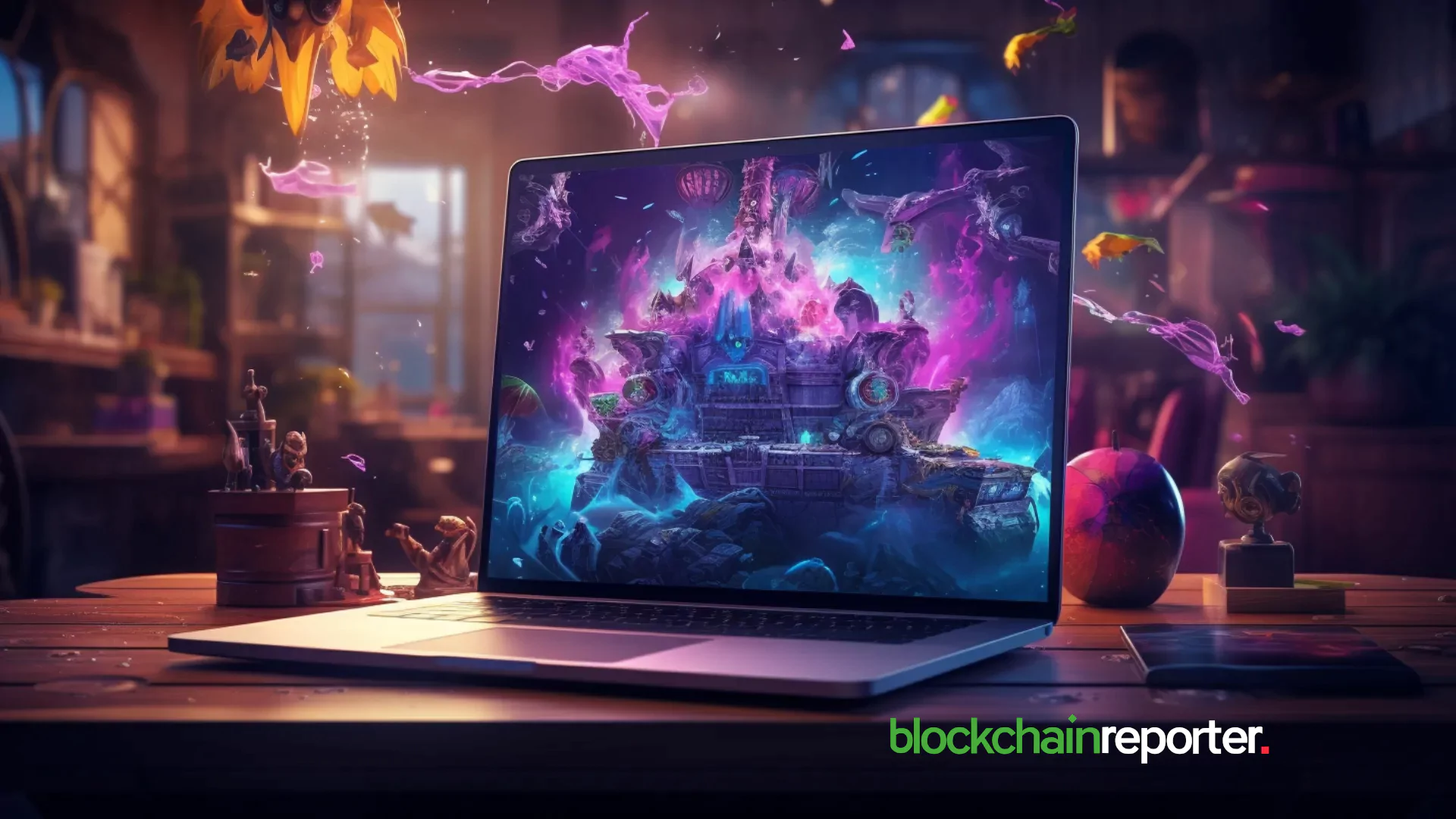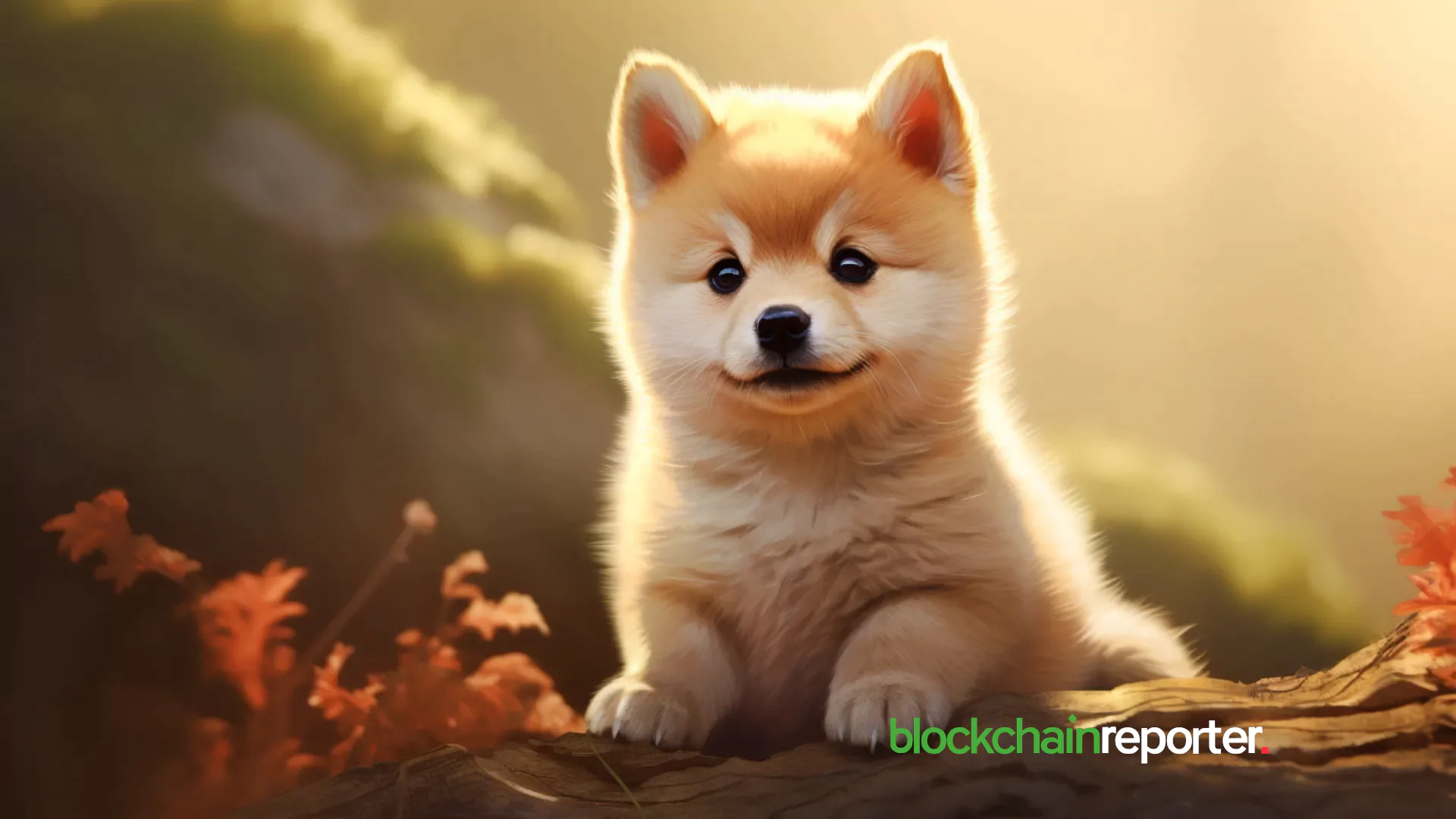
Introduction
Decentralization is the first idea that comes to you when you hear the word blockchain uttered. Undoubtedly, it is the most enduring benefit conferred upon human life by blockchain technology that is on the verge of transforming many sectors like healthcare, academia, internet of things (IoT) , charity, governance and supply chain. One more area that the popular narratives forget to mention is gaming. It is true that gaming industry seems somewhat of secondary importance when compared to aforementioned sectors, it has still proved one of the best testing grounds for blockchain technology in the shape of blockchain gaming.
The Gaming Industry Today
If today’s gaming industry is booming, it does not mean it is without any problems or concerns. When we have a bird’s eye view of the issues facing the gaming sector, it will be easy to understand how blockchain technology can help it improve.
No True Ownership for Players
As a player, if you have spent money on purchasing a new skin, weapon or a card, you ought to be the real owner of anything. If you get your account banned for some reason, or if it is hacked, you lose the possession of your purchases. Also, in case of the game having been shut down or it is not updated for a long time and subsequently loses firmware support, you lose everything. Also, you cannot trade your purchases with other players. Even when you can, there are several unnecessary restrictions and unfairly high taxes.
Vulnerable Centralized Servers
Centralization poses a key risk of failure if the main server has a problem. Outages cause the server to go offline all of a sudden. Hackers can attack the server and steal players’ data. Your progress can be corrupted in many ways. For example, you may not be able to resume from the last saved point. Your purchased features disappear due to no apparent reason.
Lack of Transparency in Game Mechanic
You get achievements and rewards on different levels in games. When you open a loot box (in FIFA / EA Sports FC Ultimate Team), you do not know the real chances of getting a rare item. Players also cannot see how the game decides matches or rewards. Because nothing is clear, the company can change the system to make players spend more without telling them.
Manipulation of In-Game Economy
You can say that a game economy is just like a mini country inside the game. Every game has items, money, rewards, and goals. It is the game economy that decides how players get rewards, virtual money, coins and points. Besides, the developers program it into the game how hard it is to earn rare items. The price of the collectibles and speed of achievement are also predetermined.
Developer Dominance
It is pity that players who spend a great deal of time and money have zero say in the policymaking and rule formation. Developers are all in all as far key decision making is concerned.
How Blockchain Brings Remedy
As a distributed database, a blockchain-based system can be used to verify and secure all sorts of digital data, including in-game history, digital items, and tokenized assets. The main idea is to take away the power from the gaming companies and give it back to the players.
In blockchain gaming, players’ purchases or assets are mostly represented by non-fungible tokens (NFTs) . The assets may include in-game cards, skins, equipment, and characters. But regardless of the asset type, they can all be linked to blockchain tokens, which are maintained by a distributed network.
Blockchain technology brings decentralized marketplace. Players can perform peer-to-peer trade directly and transparently without having to trust the company blindly. Moreover, the payment itself will undergo much improvement after being shifted to blockchains.
Since purchased assets are in the forms of tokens, they can be used in different games. But this will be possible only if the games are on the same blockchain. For example, suppose you have a sword in Game A. If both games support the same token standard, you might be able to use or trade that sword in Game B. This interoperability makes players’ assets portable and more meaningful.
Developers’ dominance will also fall significantly when decentralization is brought. Now the rules will be stored on the blockchain, and changes will require voting from the community.
Persistence is the last advantage of decentralization of gaming. Even if the original developers abandon the game, it will continue working as long as it is on the blockchain. Any member of the community can take over the role of new developer with the consent of community members. This is also valid when developers stop updating their application and eventually it is declared outdated by the operating system.
Blockchain Gaming Real-World Examples
There are a few real games that have already been using blockchain technology. Axie Infinity is one of the most famous “play-to-earn” games. CryptoKitties offers digital cats that you own on the blockchain. Decentraland is a virtual reality world where land and items are tokenized. Gods Unchained, My Crypto Heroes, Mythereum, HyperSnakes are more examples that are using blockchain technology.
Challenges and Limitations of Blockchain Gaming
Despite its promising advantages, blockchain in gaming is not without certain limitations. The foremost challenge is scalability, as blockchains generally process data more slowly than centralized servers. This reduced speed can make high-traffic games difficult to run smoothly. Moreover, the adoption rate of blockchain-based games is still low. A further concern is that numerous so-called blockchain games are not fully decentralized. They rely partly on centralized servers, which compromises the very idea of decentralization.
It is also true that most blockchain-based titles are still simple in design and lack the advancement and depth in graphics that is found in mainstream games. Cost is another factor because developing and maintaining such systems demand considerable investment. Smaller developers who try to introduce blockchain features must compete with large, well-established gaming companies, making their survival uncertain.
Conclusion
Blockchain is steadily reshaping the gaming industry by addressing long-standing issues such as ownership, transparency, server vulnerability, and developer control. Although challenges like scalability, high development costs, and limited adoption still exist, blockchain gaming offers a powerful vision of player-driven economies, portable digital assets, and persistent game worlds. As blockchain matures, its integration with gaming is likely to deepen, opening the door to more immersive, fair, and transparent experiences for players and developers alike.





